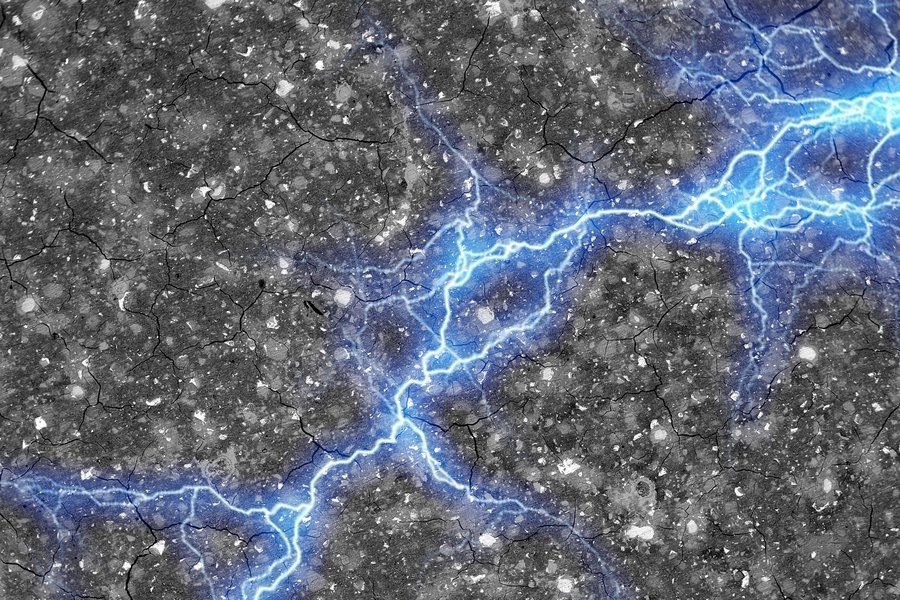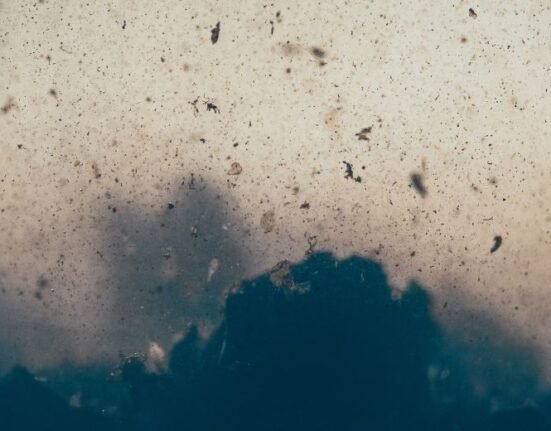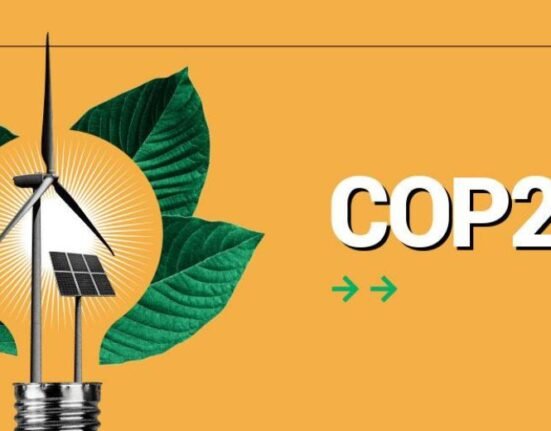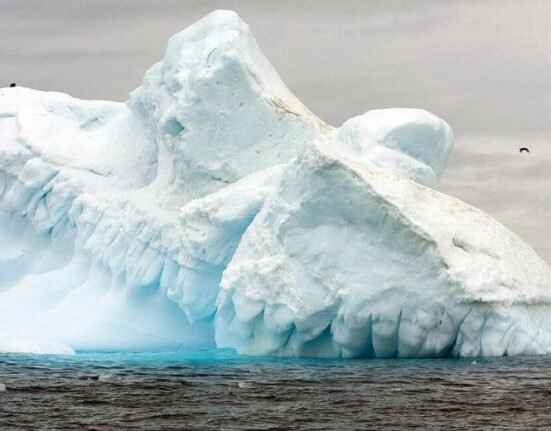HQ Team
August 1, 2023: A supercapacitor made of cement, water, and carbon black can store large amounts of energy and may form the basis for a low-cost energy storage system, researchers said.
Researchers at the Massachusetts Institute of Technology said the supercapacitor could be incorporated into the concrete foundation of a house with little cost and still provide structural strength.
The supercapacitor, or an alternative to batteries, can meet a day’s energy needs.
The researchers also envision a concrete roadway that could provide contactless recharging for electric cars as they travel over that road.
Positive, negative ions
Capacitors consist of two electrically conductive plates immersed in an electrolyte and separated by a membrane.
When a voltage is applied across the capacitor, positively charged ions from the electrolyte accumulate on the negatively charged plate, while the positively charged plate accumulates negatively charged ions.
Since the membrane in between the plates blocks charged ions from migrating across, the separation of charges creates an electric field between the plates, and the capacitor becomes charged.
The two plates can maintain this pair of charges for a long time and then deliver them very quickly when needed.
The amount of power a capacitor can store depends on the total surface area of its conductive plates.
Renewable energy sources
The technology could facilitate the use of renewable energy sources such as solar, wind, and tidal power by allowing energy networks to remain stable despite fluctuations in renewable energy supply.
The research was done by MIT professors Franz-Josef Ulm, Admir Masic, and Yang-Shao Horn, and four others at MIT and at the Wyss Institute for Biologically Inspired Engineering.
“The material is fascinating,” Masic says, “because you have the most-used manmade material in the world, cement, that is combined with carbon black, that is a well-known historical material — the Dead Sea Scrolls were written with it.
“You have these at least two-millennia-old materials that when you combine them in a specific manner you come up with a conductive nanocomposite, and that’s when things get really interesting.”
Hydrophobic
As the mixture sets and cures, the water is systematically consumed through cement hydration reactions, and this hydration fundamentally affects nanoparticles of carbon because they are hydrophobic or water-repelling, he said.
As the mixture evolves, “the carbon black is self-assembled into a connected conductive wire.”
The process is easily reproducible, with materials that are inexpensive and readily available anywhere in the world.
The amount of carbon needed is very small — as little as three percent by volume of the mix — to achieve a percolated carbon network.
“There is a huge need for big energy storage,” Ulm said. Existing batteries are too expensive and mostly rely on materials such as lithium, whose supply is limited, so cheaper alternatives are badly needed.
“That’s where our technology is extremely promising because cement is ubiquitous,” Ulm said.
The system is scalable, as the energy-storage capacity is a direct function of the volume of the electrodes.
1 millimeter to 1 meter
“You can go from 1-millimeter-thick electrodes to 1-meter-thick electrodes, and by doing so basically you can scale the energy storage capacity from lighting an LED for a few seconds, to powering a whole house,” Ulm said.
Depending on the properties desired for a given application, the system could be tuned by adjusting the mixture.
For a vehicle-charging road, very fast charging and discharging rates would be needed, while for powering a home “you have the whole day to charge it up,” so slower-charging material could be used.








